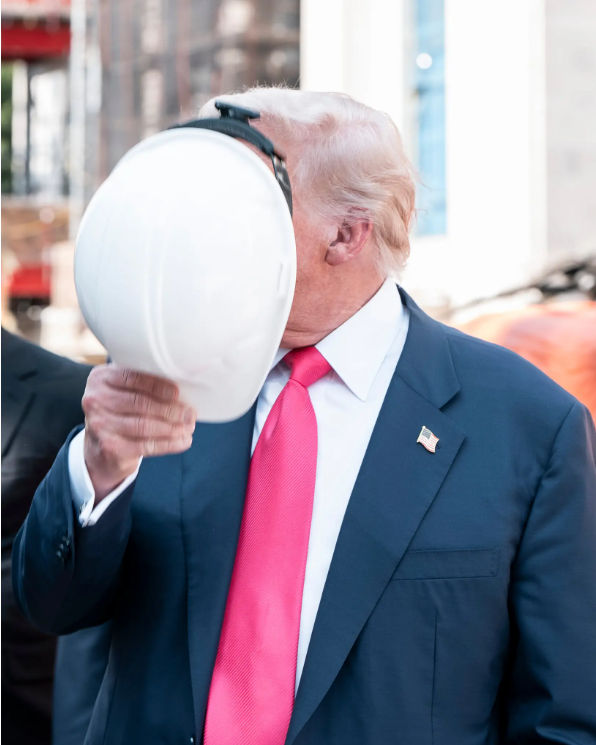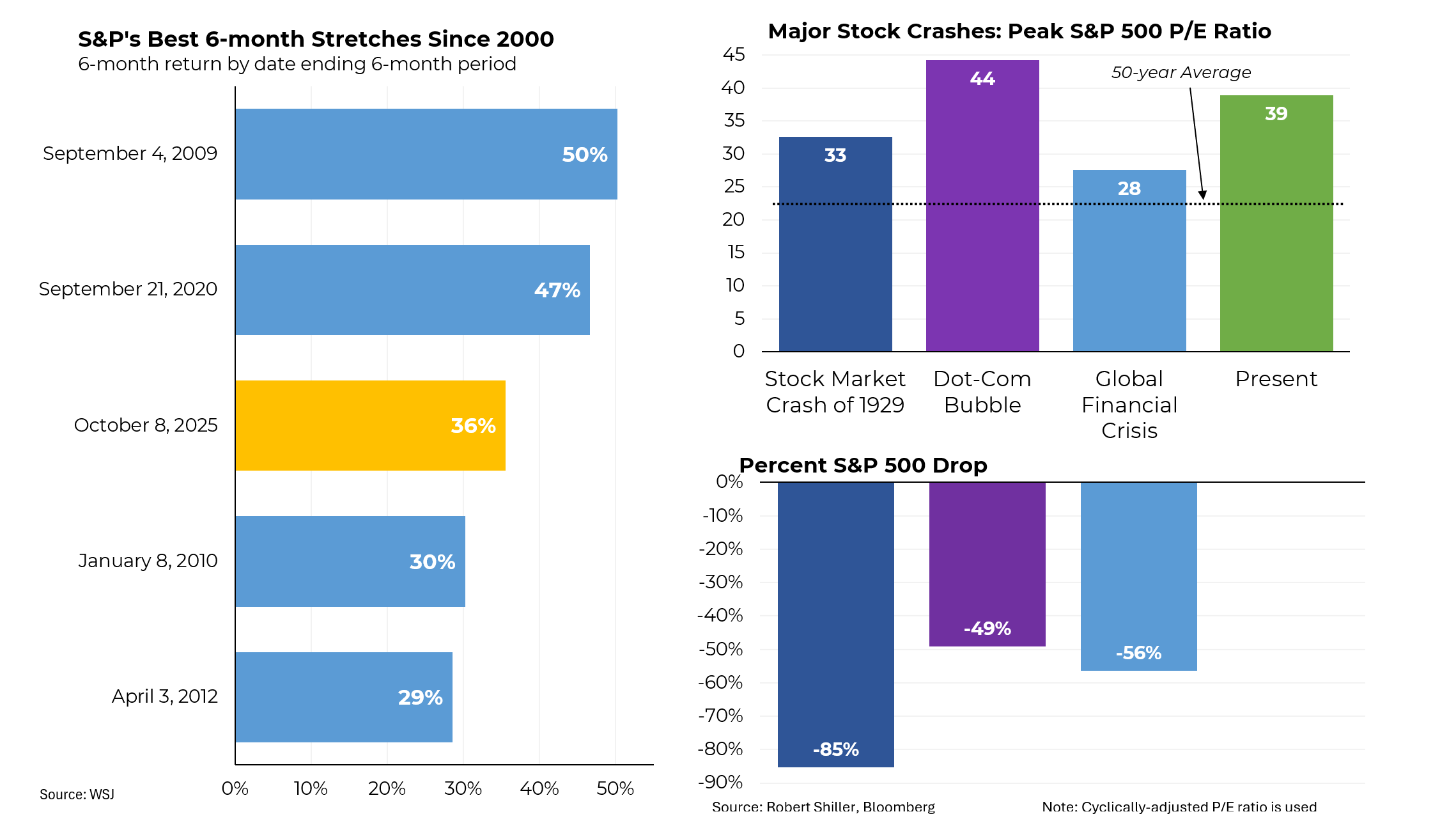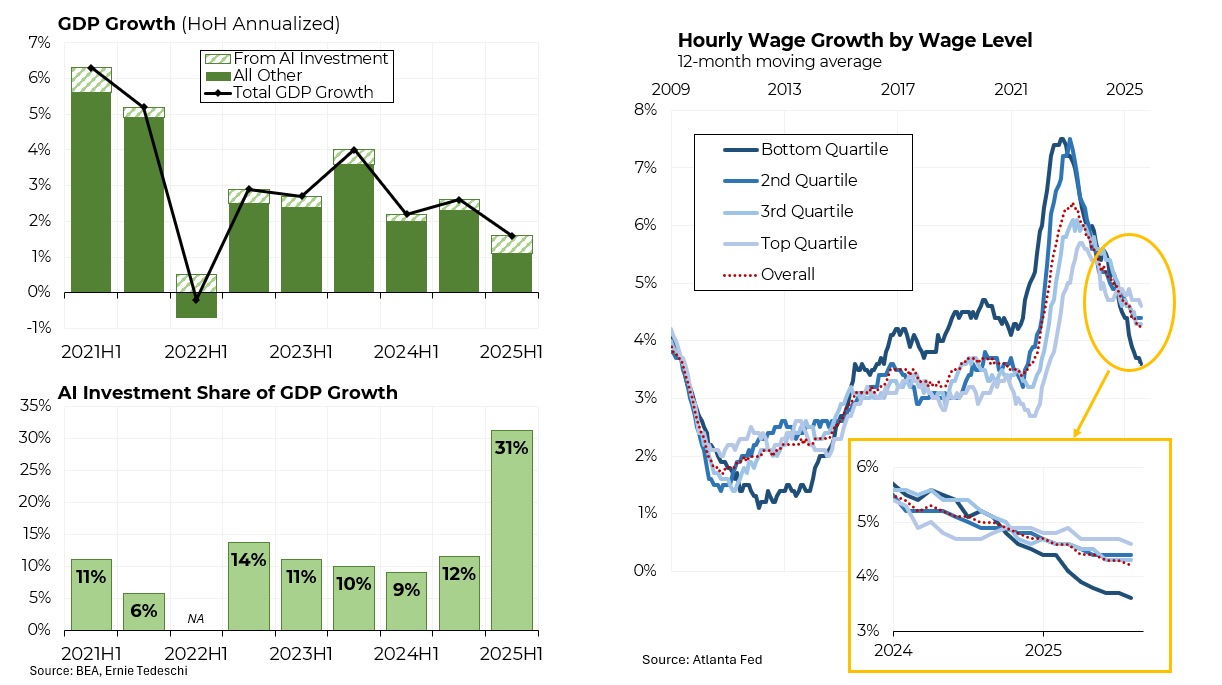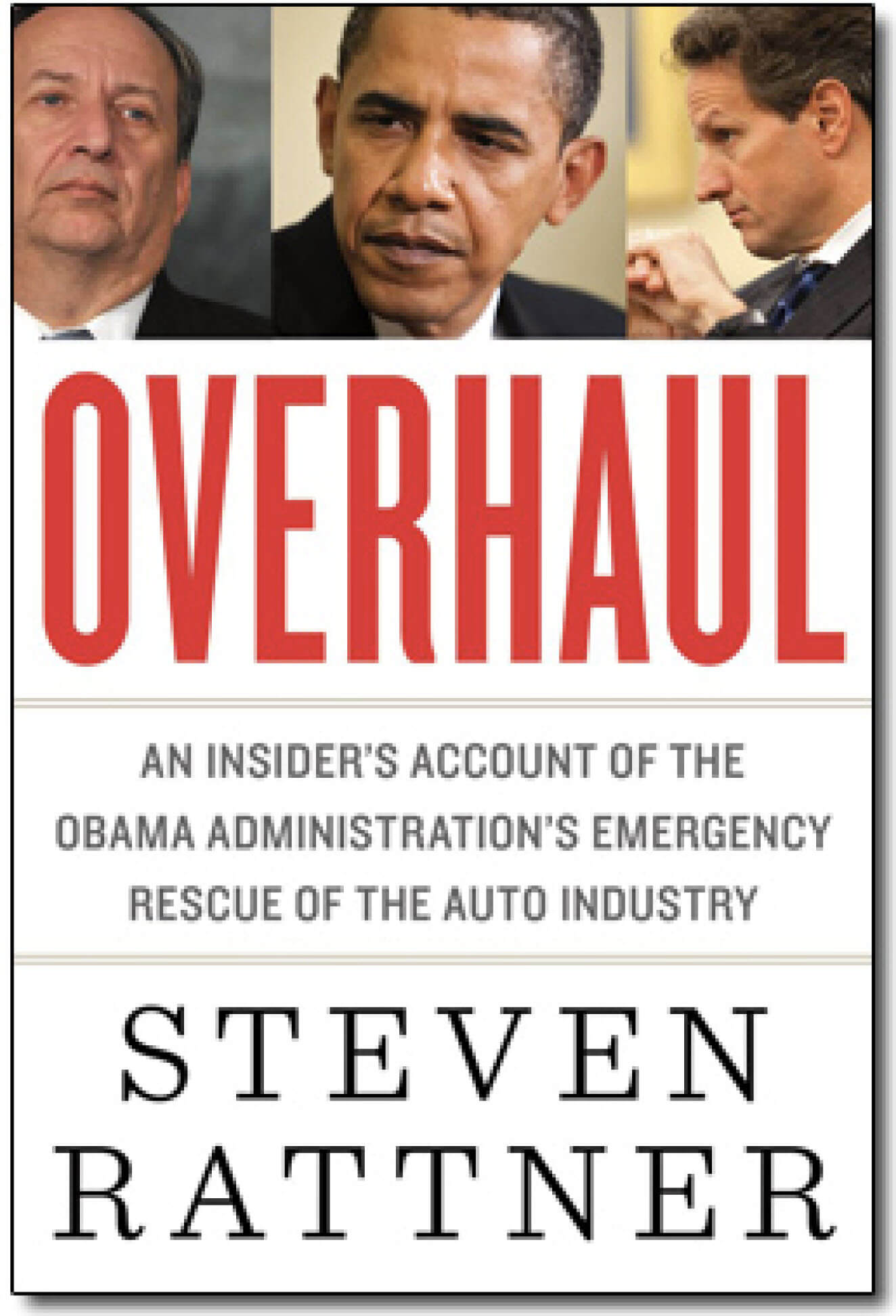Originally published in the Wall Street Journal
The week after his 2008 election, in Chicago, at President Barack Obama’s first substantive sit-down with his economic advisers, it was conceded that no situation on the economic front appeared thornier than the one I had been recruited to manage.
Mr. Obama had asked, “Is there any way these guys are going to avoid bankruptcy?”
“Unlikely,” he was told.
“Why can’t they make a Corolla?”
“We wish we knew,” replied his advisers.
***
There was very little time. The $17 billion in TARP funds provided by the Bush administration was draining away fast. Doubts were widespread that the auto makers, required to submit “viability plans” on Feb. 17, would make a sound case for more help.
I was recruited as the New Year began. As I hurried through the mid-January chill to Obama transition headquarters, Secret Service agents stood guard near X-ray machines and scanners behind bulletproof glass. Upstairs, in a corner of the eighth floor, the president-elect’s economic team was crammed into a half-dozen rooms. Tim Geithner [soon to be Treasury secretary] and Larry Summers [soon to head the National Economic Council] had offices the size of those of vice presidents at my old firm, with their names printed out on 8½-by-11 paper and taped to their doors. Mr. Obama himself occupied a space a short hallway—and a few more Secret Service agents—away.
Messy piles of paper and a mountain of leftover coffee cups testified to the transition team’s long hours, but the mood was not despairing. Although the situation Mr. Obama had inherited was frightening, his victory represented a mandate for change, and change the incoming administration was determined to effect. Fixing the problems that threatened to add the Detroit auto makers to the junk heap of old American dreams was very much on its to-do list. In this crisis atmosphere, the normal pomp of government was, at least at this informal moment, a quaint notion: Incoming cabinet secretaries labored side by side with interns. Meetings gathered spontaneously in cramped corners. Rahm Emanuel, Mr. Obama’s chief of staff, strode the halls like a military commander.
***
Being vetted can be a full-time job. I had begun talking to my attorneys in mid-December, in part to ascertain whether public office was feasible for me. Every senior appointee has to complete two massive documents: the SF-86, an impossibly tedious security-clearance statement that requires listing—just for example—every foreign trip an applicant has taken in the previous seven years, and the SF-278, which involves the disclosure of every financial interest and obligation. Like most recent administrations, this one had added its own questions, derived from past debacles, such as Zoë Baird’s failure to become Bill Clinton’s attorney general after neglecting to pay the so-called nanny tax. I can’t count the hours I spent complying, but I do know that the honor of working for the federal government cost me more than $400,000 in legal fees.
The vetting rules were more than a personal nuisance; they hampered our effort to assemble a first-class team. As part of his pledge to rid government of special interests, Mr. Obama layered new conflict-of-interest strictures on top of the statutory rules that applied mostly to financial holdings. He targeted lobbyists with rules that barred any candidate who had worked for an organization that would be a party to the matter that the individual would be handling in government. This seemingly logical concept had the unintended consequence of severely restricting our ability to hire anyone who knew anything about the automobile industry, a limitation that fueled the very criticism we were trying to counter.
***
“Why even save GM?” he demanded provocatively, interrupting the conversation. Other people had asked the question in the past, but it was astonishing coming from Rahm Emanuel. It certainly wasn’t the challenge we’d anticipated. We had gone into the meeting expecting the White House to oppose letting even Chrysler go, but Mr. Emanuel had put GM in play, at least rhetorically.
The viability reports had not shown any reason for hope. In fact, the situation had gotten worse. GM and Chrysler now said that they needed more money—another $14 billion right away, to be precise. This meeting with Mr. Emanuel had come together as Team Auto—the name we had chosen for ourselves to minimize talk of “czars”—continued to face the scary conundrum of bankruptcy. We would almost certainly need that process to achieve fundamental restructurings, but we feared that the medicine was so strong that it might kill the patients we were trying to cure. There was also the question of whether Mr. Obama, so publicly supportive of the auto makers and sincerely committed to saving the industry, would actually allow a bankruptcy.
The White House chief of staff occupies an unusually elegant office by West Wing standards. (Rahm was known to brag that his first-floor office was 8 square feet larger than the vice president’s, and closer to the Oval.) We approached its splendor assuming that Rahm would attack, in his trademark slash-and-burn style, the conclusion on which we were approaching consensus: From a business perspective, it seemed more and more doubtful that Chrysler should be allowed to continue as an independent entity.
It was when we tentatively aired the notion about Chrysler that Rahm turned and uttered his shocker: “Why even save GM?” Seated to his right, David Axelrod, the president’s principal political adviser, pulled out polling results and reeled off statistics showing how much the public hated bailouts.
Ron Bloom [my deputy] was the first to shake off his surprise and make a counterargument. He reminded them of the tens of thousands of auto workers’ jobs at stake. But that didn’t deter Rahm. “F— the UAW,” he growled.
[A spokeswoman for Mr. Emanuel denied both remarks attributed to him.]
From the opposite end of the table, Tim Geithner pushed back, drawing on his experience with the fickle nature of public opinion. I had seen this myself, most starkly with Lehman Brothers. Right up until Lehman declared bankruptcy, public opinion, including opinion on Wall Street, had overwhelmingly favored letting the firm go down. But in the ensuing chaos, the consensus had shifted almost overnight, and the government was believed these days to have made a terrible mistake by acquiescing in Lehman’s collapse.
I was sitting with my back to Rahm’s door. Suddenly I saw others around the table stiffen. I turned to look behind me. The president had just walked in. Having read somewhere that everyone is supposed to stand when the president enters the room, I leaped to my feet—only to notice that no one else had. “Welcome, Steve,” Mr. Obama said, shaking my hand. “Sit down.” He asked Rahm to step into the hall with him for a moment, and with that, my first encounter with Barack Obama as president ended as abruptly as it began. (I later learned that the president likes to roam the first-floor halls when he has a question or request for a senior aide.)
In my limited contacts with Rahm and by osmosis from others, I knew that the chief of staff ruled by a mixture of respect and fear. Policy types didn’t rush to him for analytical insights on their latest idea, but no one doubted his political instincts, his toughness or his work ethic. He ran a tight ship, with no tolerance for the infighting that often characterizes a White House staff. Nor did he accept anything less than perfection from his subordinates. As a result, there was not a lot of love from Rahm. The old Washington saying “If you want a friend, buy a dog” seemed meant for those under his supervision. And Rahm never hesitated to seize command, as he did after Tim’s rocky start as Treasury secretary—Rahm had stepped in and effectively started supervising Tim on a daily basis. Such aggressiveness is fine when all is going well, but it breeds resentment that can turn into sniping when the tide recedes, as it did briefly for Rahm in early 2010 when health-care reform bogged down.
He subsided as the conversation resumed, and it struck me that, despite the fireworks, our doubts were being laid to rest. We’d arrived wondering whether the White House would be willing to take a firm stance with the auto makers and do the right thing with the taxpayers’ investment, however risky or politically painful it might turn out to be. We left feeling newly confident that, at least if Rahm Emanuel had anything to say about it, the president would stand behind our tough approach.
***
That still left the question of how far the auto-industry bailout should go. “We’re already in Vietnam,” Larry Summers said in a separate meeting, referring to the all-but-certain decision to provide more aid to the auto makers. “I can imagine doing something in Cambodia.” By that he meant indirectly helping a few key suppliers, the equivalent of fighting from Vietnam and not sending ground troops across the border. But there he drew the line: “There’s no way we’re going into Laos.” He wasn’t about to commit the government to a full-scale invasion that involved bailing out the entire supply chain.
***
Tim and Larry tried valiantly to help us parse what seemed like an endless thicket of decisions. But with the economy in deep trouble and financial markets hitting new lows, we were inevitably left to our own devices more than they, or we, would have liked. Tim’s time was in particularly short supply. He was locked in endless meetings—including a seven-hour session on a Sunday with all the economic team, as well as, for a substantial part of it, the president—trying to figure out whether to start nationalizing banks, and if not, what more should be done to prop them up. In the month of March alone, he testified before Congress six times, announced two massive new liquidity programs, unveiled a regulatory reform plan and made a day trip to Medellín, Colombia. I couldn’t begin to imagine how he coped with the stress.
Later, after our auto effort proved successful, many commentators would ask why the administration couldn’t have taken a similar approach to the banks. This question flared most emotionally around AIG, the rogue insurance giant to which the Treasury and the Fed ended up committing $182 billion to stave off chaos and make creditors and counterparties whole. Even sophisticated critics almost always missed the crucial point: for banks, unlike auto makers, bankruptcy was not a useful tool for reorganization, as the Lehman Brothers disaster had so vividly demonstrated. And as we quickly learned in autos, without bankruptcy as a tool for reorganization, it was nearly impossible to achieve shared sacrifice among the stakeholders.
That was the nub of what was angering the public and weighing on Tim: the absence of shared sacrifice. The hundreds of billions of dollars that the government was committing through TARP was protecting the financial system, but collaterally also rewarding the creditors and counterparties. In a perfect world, instead of having their risk essentially eliminated, these creditors and counterparties should have suffered along with everyone else touched by the crisis.
So while Tim tried to make time for us, we ended up working much more closely with Larry. I was well aware of his reputation for bumptiousness. But working for him turned out to be stimulating, enjoyable and harmonious. Like me—with more justification in his case—Larry didn’t suffer fools. Titles and résumés meant little to him; he listened to what was said and decided whether the speaker seemed worthy of attention. Smart young colleagues adored him, and I could see why Larry had been popular among Harvard students while warring with some members of the faculty.
I tried to decide whether he had always been great to work for or whether the searing experience of being pushed out as president of Harvard had changed him. I concluded that some of his rough edges must have been sanded down. Also, he had arrived in Washington this time with a chief of staff, Marne Levine, who had both Larry’s respect and very sound judgment. When he returned from a meeting in the West Wing, fuming about stupid ideas that had been put forward, Marne could calm him. Larry visibly worked hard to control himself. At one meeting I attended, a junior colleague in the bleachers (the couch on the other side of his office) offered an unsolicited comment. “That’s one of the silliest…” Larry began, but then caught himself and said, half under his breath, “That’s the old Larry. The new Larry says, ‘Have you thought about it this way?’ ”
Once Diana Farrell, one of Larry’s deputies, began to offer an opinion, but before she passed the midpoint of expressing her thought, Larry interrupted to say (not harshly), “I’ve already considered that idea and rejected it.” This so amused our younger colleagues that for weeks afterward they would say to one another, as they debated one proposal or another, “I’ve already considered that idea and rejected it.”
Larry was an economist, however, not a businessman. Occasionally I thought he didn’t have the best perspective on financial markets or business. I wasn’t sure that he wanted to be told bluntly that he was wrong, especially by a subordinate. So I would gently try to correct his minor mistakes (Chrysler had lenders, not bondholders). Our discussions were the high point of my Washington experience; I would leave convinced that there could be no happier future circumstance than the chance to work for him again.
From “Overhaul: An Insider’s Account of the Obama Administration’s Emergency Rescue of the Auto Industry” by Steven Rattner, to be published Sept. 20 by Houghton Mifflin Harcourt Trade. Copyright © 2010 Malachy Enterprises, LLC.





